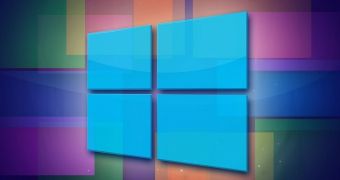With Windows 8.1 Update rolled out this month and another major pack of improvements prepared for this fall, Microsoft has fully changed its Windows release cadence to embrace the rapid release approach that Steve Ballmer has talked about one year ago.
Windows 8 was officially launched in October 2012 and approximately one year after that, Redmond officially introduced the new Windows 8.1, a new set of improvements that brought users the Start button and some other important changes.
Fast forward to April 2014 and we get Windows 8.1 Update, another large pack of changes that makes the modern platform more mouse-friendly and marks another step towards a broader mix of the Modern UI and the traditional desktop. This fall, Microsoft is planning to launch a second Windows 8.1 update, followed by the debut of Windows 9 in early 2015.
‘Why the rush?’ you might ask. This rapid release cycle is part of Microsoft’s new strategy of providing users with improvements and new features for their devices, be they PCs, tablets, or smartphones.
The company previously introduced new Windows versions every three years, but it appears that the company is now planning to launch large Windows updates twice a year, followed by a major release every 24 months.
Former Microsoft CEO Steve Ballmer said at the BUILD developer conference in 2013 that this new strategy is a key priority for the company, as it struggles to keep users up to date with the innovations coming out of Redmond.
“And that's not even so much about the conference, but it's about the rapid pace of innovation. If there's not one other message that I reach you with in my opening remarks, it's about the transformation that we are going through as a company to move to an absolutely rapid release cycle -- rapid release, rapid release,” Ballmer said.
“I've talked externally about the transformation that we're going through as a company who's a software company to a company that is building software-powered devices and software-powered services. And the only way in which that transformation can possibly be driven is on a principle of rapid release.”
With the new CEO Satya Nadella at the helm of the company, Microsoft seems fully prepared to switch to this kind of strategy, but also to a more consumer-shaped business that would in the end tweak the Windows platform in such a way that it could better address feedback.

 14 DAY TRIAL //
14 DAY TRIAL //